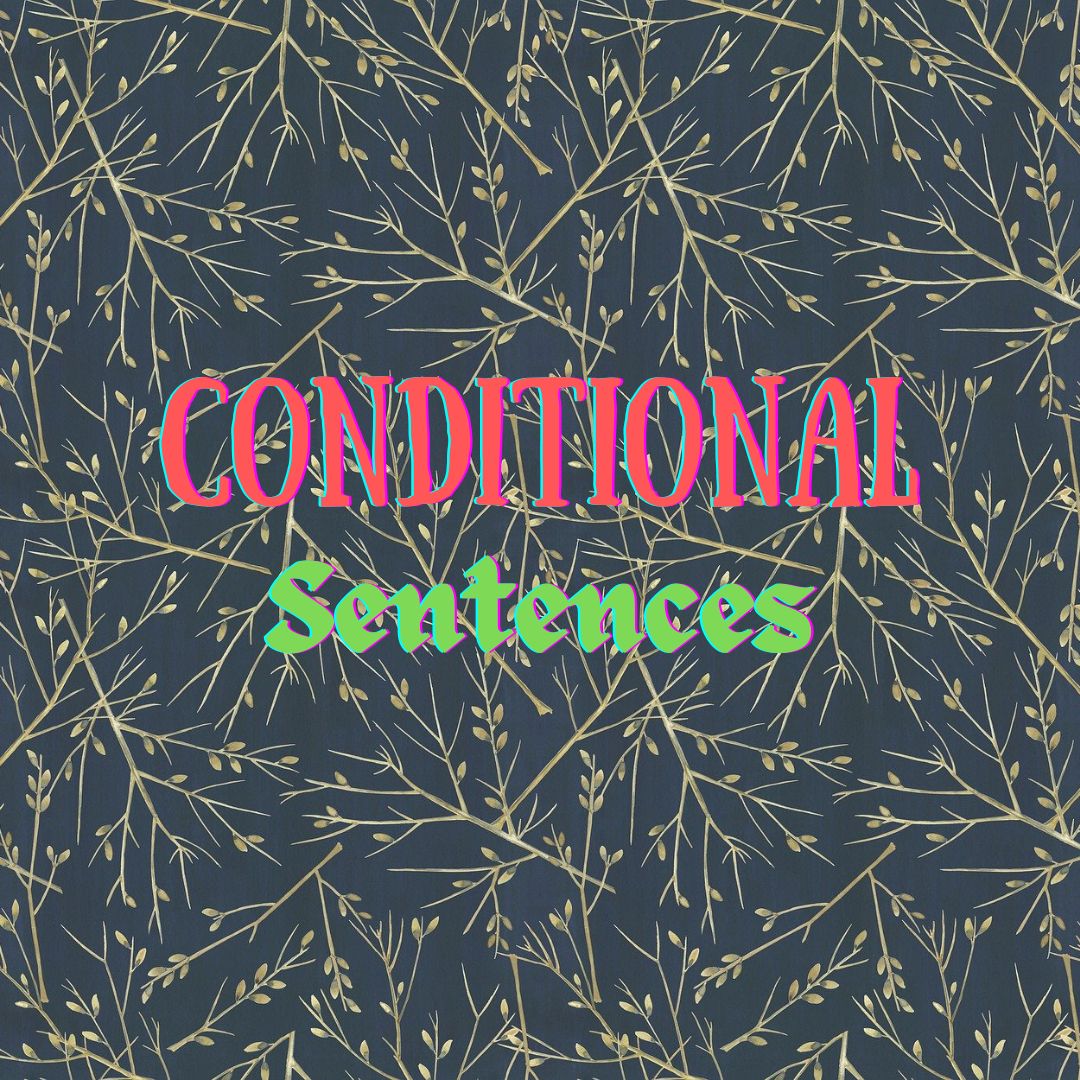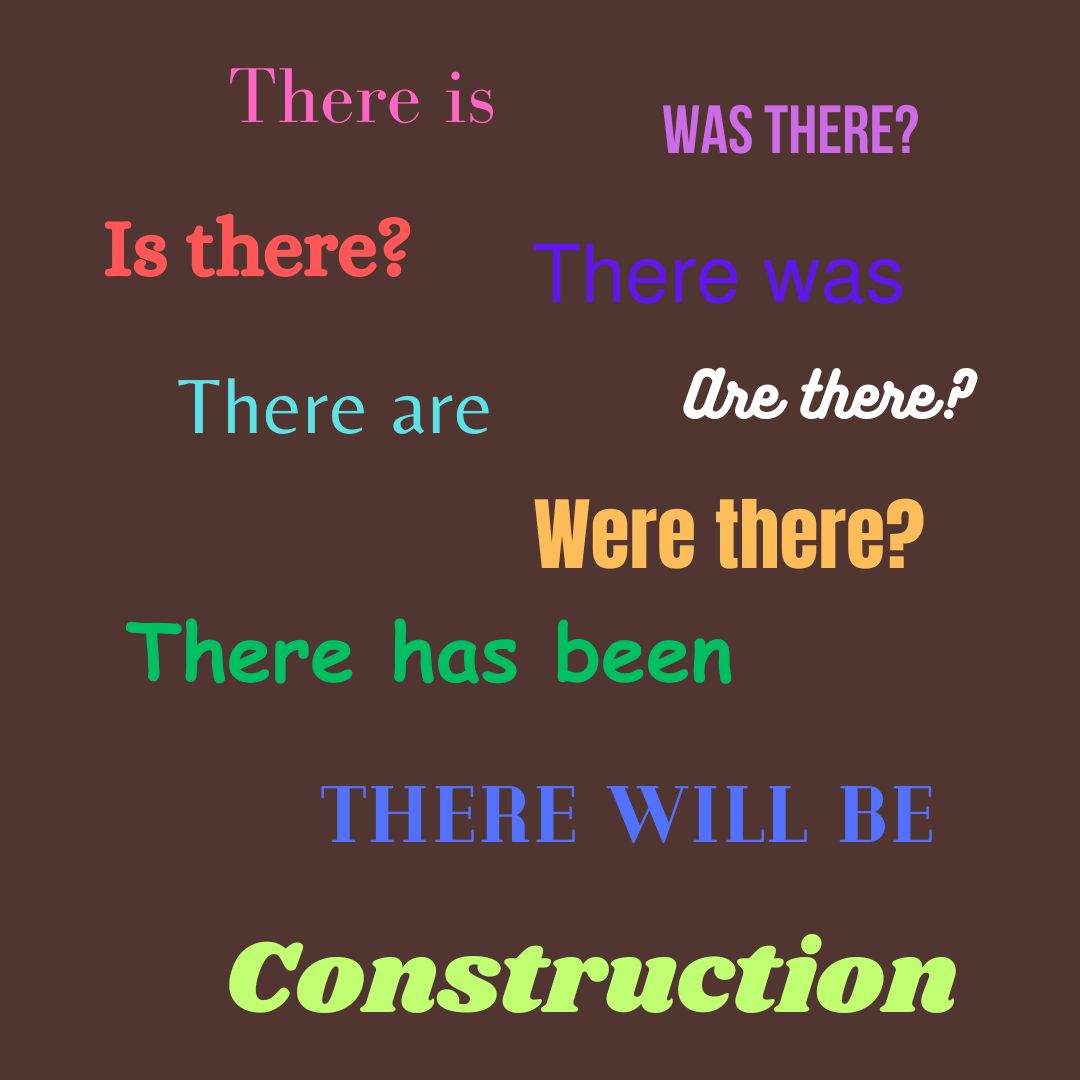Tag: past

Conjugation of To Be in Continuous Tense
Here's the table with all forms of "to be" in Present Continuous, Past Continuous, Future Continuous, and Future in the Past Continuous Tense, in Indicative Mood, including affirmative, question, and negative forms, leaving the lines for Future and Future in the Past vacant:

Conjugation of To Be in Indefinite Tense
This table covers Present Simple, Past Simple, Future Simple, and Future in the Past forms of “to be” in Indicative mood, with affirmative, question, and negative forms:

THE IMPERATIVE MOOD AND NON-FINITE FORMS OF “TO SMILE”
NON-FINITE FORMS OF THE VERB ”TO SMILE” THE INFINITIVE, THE GERUND, THE PARTICIPLE:

IF (Conditional) Sentences
Conditional sentences, also known as if sentences, express a relationship between different events or situations. These sentences are divided into different types based on the likelihood or certainty of the condition being fulfilled. Conditional sentences play a crucial role in expressing possibilities, hypothetical situations, and cause-and-effect relationships. There are four main types of conditional sentences: zero conditional, first conditional, second conditional, and third conditional.

There is/There are
The construction there is /there are is known as an existential construction in English grammar. It is used to indicate the existence of something or someone. The there is/there are has a different structure compared to the typical subject-verb-object (SVO) sentence structure. In there is/there are sentences, the word there serves as a placeholder or dummy subject, and the real subject comes after the verb.